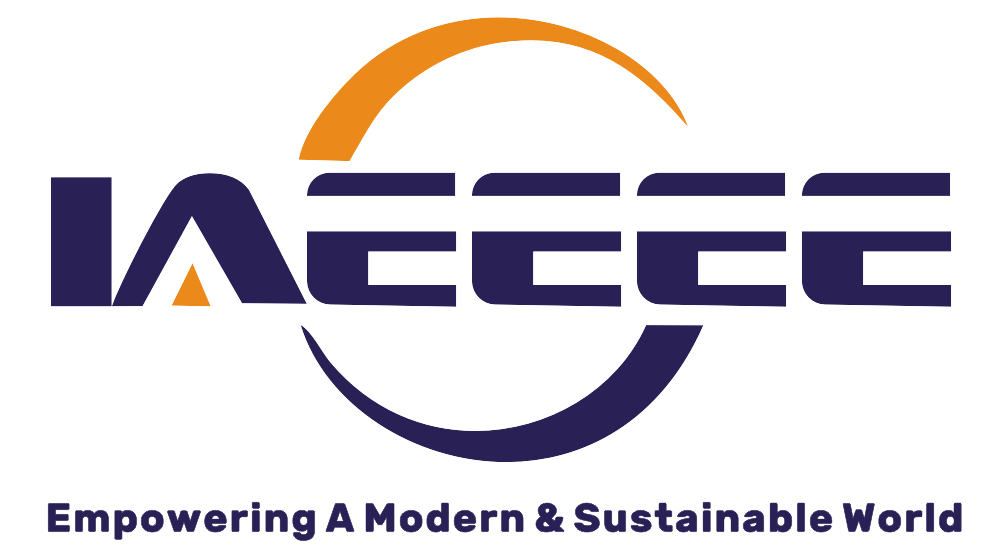Transportation
Getting Around Cairo
The best ways to get around Cairo are by metro train or taxi. Egypt's capital is constantly choked by traffic. But below Cairo's congested streets, the metro system is clean, affordable and extremely efficient. If you prefer to stay above ground, several fleets of buses can take you where you need to go for very little money. However, aside from those operated by the Cairo Transport Authority, buses here can be very crowded, tough to navigate and likely to carry pickpockets. Tour buses are safer and more convenient, but you'll have to pay more and stick to a set schedule. Taxis are the more affordable way to get to places that the Cairo Metro doesn't cover, especially from Cairo International Airport (CAI), which is located about 13 miles northeast of the city center.
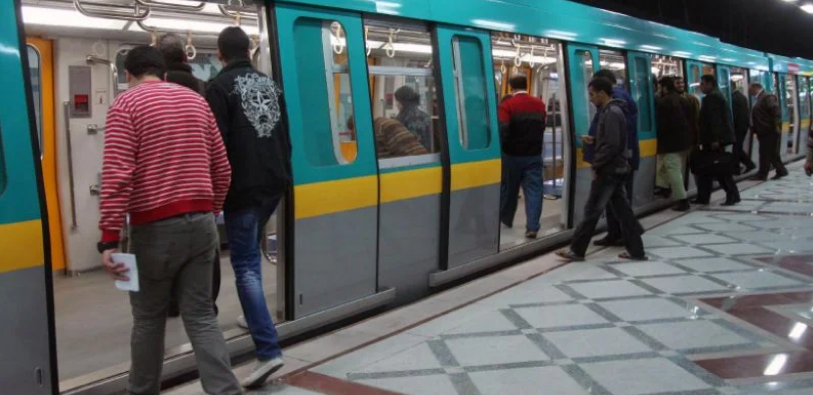
Metro
Cairo's Metro system is by far the most efficient way to get around. There are three lines that converge in the center of the city, and trains carry passengers to attractions like the Egyptian Museum and those found in Coptic Cairo. The metro's third line is currently undergoing an expansion project that will connect central Cairo with Cairo International Airport. Trains run every day from around 5 to 1 a.m. (or until 2 a.m. during Ramadan). One-way tickets cost 1 Egyptian pound (around $0.11) each and can be purchased at ticket booths located in each station. Like the Washington, D.C. metro system, you'll need your ticket to enter and exit the Cairo Metro system, so be sure to save your ticket after going through the turnstile. Also, if you're a woman traveling alone or with other women, consider boarding the middle cars, which are reserved for women only and can keep you from receiving unwanted attention that's often directed at female passengers.
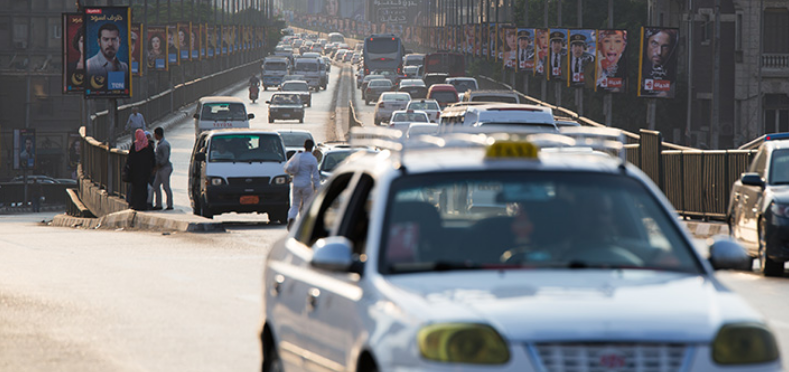
Taxi
Taxis are the most convenient way to get around areas that the Cairo Metro doesn't cover because you can't throw a stone without hitting a cab. Cairo contains two breeds of taxis. Older unofficial cabs (known as "black-and-whites" because of their coloring) are the cheapest, but these vehicles rarely have air conditioning. Also, black-and-whites don't charge fares based on a meter, so you'll have to negotiate the cost with the driver before setting out. To ensure that you're not getting nickel-and-dimed, talk to your hotel concierge about how much you should expect to pay. The fare chart provided in each cab will also give you an idea of the cost, although you can usually haggle the price down from there. Another option is to use the yellow or white cabs, which do use meters and have starting base fares of 3.50 Egyptian pounds (or less than $0.50). Some yellow and white cab drivers may try to tack on additional fees for use of air conditioning or avoid using their meters when there's heavy traffic. To avoid incurring unexpected fees, always come prepared with extra cash. You can also get out and waive down another cab if a driver tries to overcharge you. If you'd rather pass on taxicabs, consider using the ride-sharing service Uber.
Tour Bus
If you don't want to haggle with taxi drivers and can spend a little more on transportation, consider taking a guided tour with bus transfers. Many attraction fees – like those at the Pyramids of Giza and for sights in the Salah El-Din Citadel – are covered by bus tour prices (which average around $100 per person), plus you'll avoid the headaches that come with parking in congested lots or figuring out the city's confusing bus system. Additionally, tour buses will pick you up and drop you off at your hotel, and you'll gain more context at locales from your knowledgeable guide. Keep in mind that some attractions are not included in Cairo tour excursions.
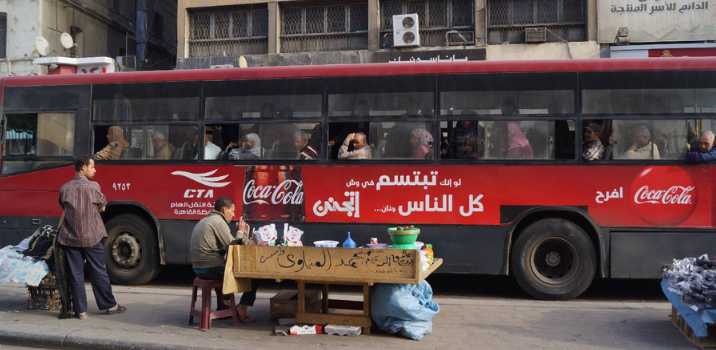
Bus
Three types of buses help clog Cairo's streets. The local, privately-operated microbuses aren't always helpful to travelers: No destinations are marked and overcrowding is common. However, this is the cheapest mode of transportation, with rides costing 1 Egyptian pound or less. Fares are passed to drivers after taking your seat onboard. The city's orange minibuses are also not tourist-friendly (pickpockets are regular passengers), and they cost more than the local buses at around 1 or 2 Egyptian pounds ($0.11 to $0.23). You'll have the best luck with the largest fleet operated by the Cairo Transit Authority (CTA). These buses are clearly marked with the CTA logo and serve major hubs such as Cairo International Airport and the Pyramids of Giza. However, these buses can also be tricky to use since bus numbers are non-existent or written in Arabic and no route maps exist. One-way tickets cost roughly 2 Egyptian pounds and can be purchased from the bus conductor.
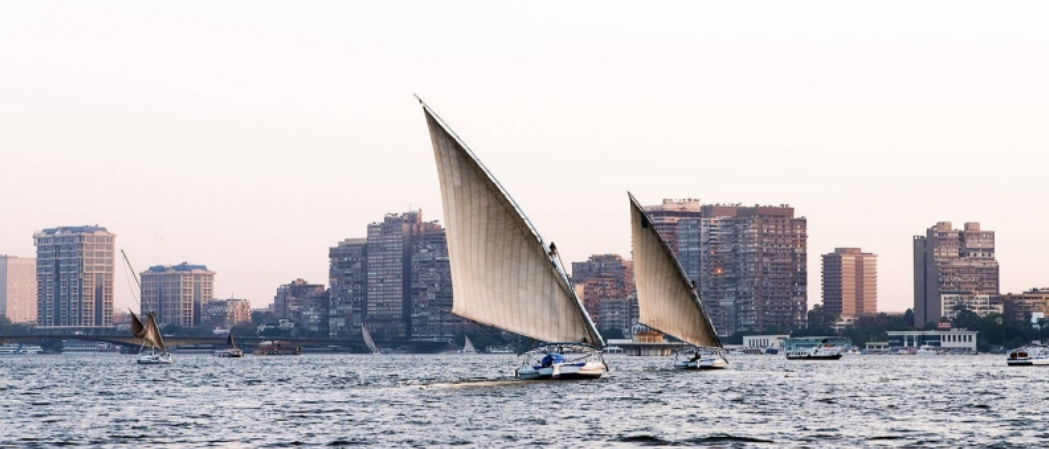
Felucca
Less of a means of transportation, feluccas offer a peaceful (albeit slow) way of navigating the Nile. Comparable to Venice's gondolas, feluccas (privately operated wooden boats with oversized sails) are designed to propel passengers along the Nile to and from Giza attractions like the Pyramids and the Great Sphinx. The best place for flagging a felucca is the Dok Dok landing point in Garden City; expect to negotiate a price of around 60 to 80 Egyptian pounds (roughly $7 to $9) for a one-hour ride.
